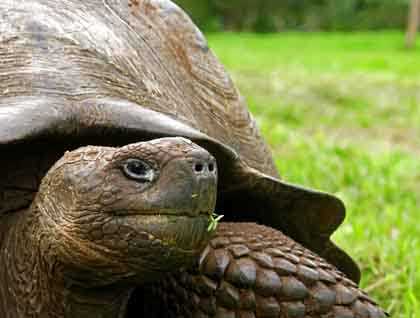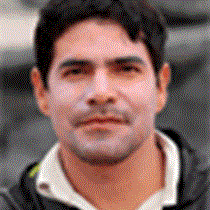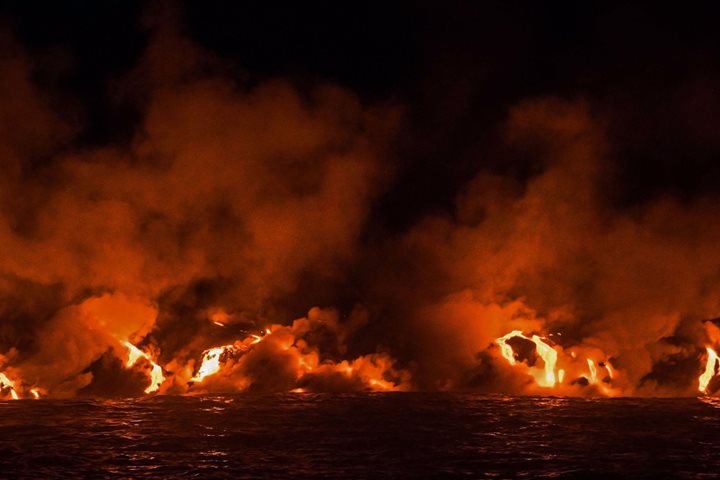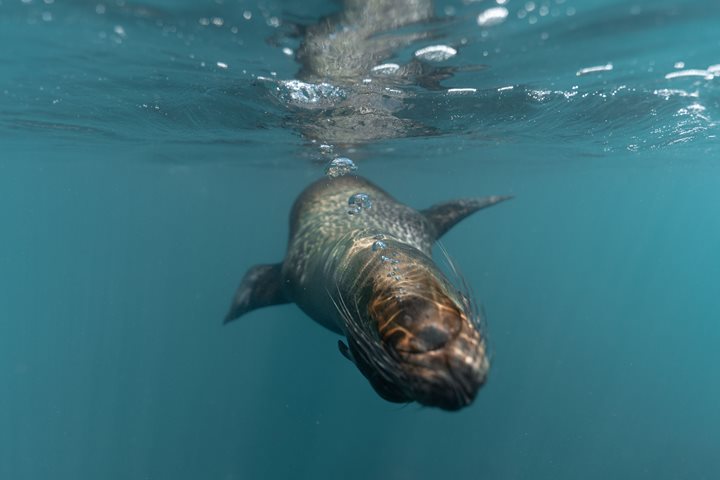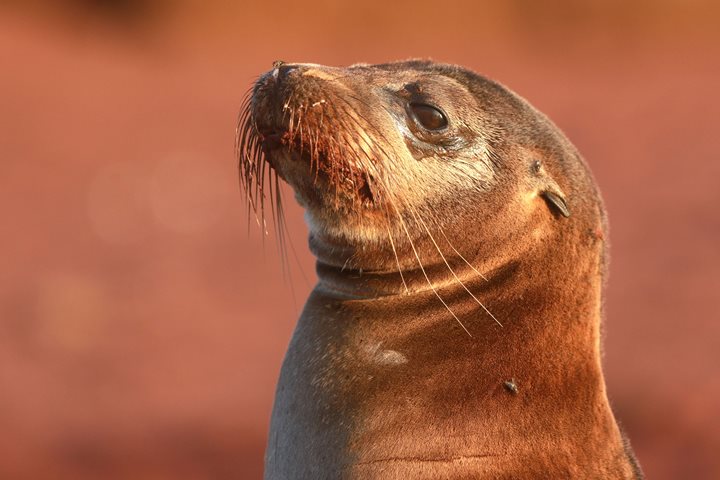After motoring on board of the National Geographic Islander for a few hours we finally dropped anchor around six in the morning at Academy Bay, situated on the southern part of Santa Cruz Island. This is the second largest Island in the archipelago, yet the most populated, and also the economic hub. After breakfast, we disembarked to visit the breeding center of giant tortoises and the Charles Darwin Research Station located outside of Puerto Ayora. We also went to visit the headquarters of the national park, where many park rangers are working in different areas to protect and conserve the Galapagos in a very pristine way.
I have to say I enjoy this visit, because here our guests have the chance to learn and understand how important it is to conserve the Galapagos for future generation to come. Tortoises are a good example of efforts of conservation. How this program was developed to raise them in captivity, how they take care of the hatchlings to avoid the attack of alien species like black rats, and how bit by bit they have increased the populations of some species of tortoises that just a few years ago were in danger of extinction. Here there are many people that have dedicated their lives to restoring the dynasty of these emblematic reptiles that the islands are named after. On the other hand, we have lost some species of tortoises because of human hands, but there are many of them still to save. Lonesome George, a tortoise that was the last maie survivor from Pinta Island, is a good example of what we should avoid. Now it’s been almost two years since he passed away, leaving for us a good message to take more actions to take care of our planet.
After the morning’s activities, we had some time to explore the town of Puerto Ayora. it was the perfect opportunity for most of our guests to go shopping or just to sit down in a nice café to relax and see how people live in the Galapagos.
In the afternoon, we headed up to the highlands of Santa Cruz for our lunch in a typical open-air restaurant. Before lunch, we stopped at a local place to try some Galapagos shade-grown coffee and some sugar cane juice and alcohol. The family who owns this business have a small farm and keep alive the custom of having trapiches, a traditional machine that extracts sugar cane juice, and they also prepare their own moonshine.
Then we moved to a reserve of giant tortoises. Here we observed these incredible reptiles in their natural environment. First we walked through a lava tunnel - it was so special to be inside such a giant natural structure formed by rivers of hot magma millions of years ago. It felt like being inside a big subway station.
Finally after our lunch we explore part of the highlands of Santa Cruz, looking for the “chelonoides porter,” the endemic species of giant tortoise from this Island. We successfully found about a dozen of them! Three were huge, reaching perhaps an average of five hundred pounds.
Around five o’clock we returned to our ship. We were very happy to end another magical and successful day in this unique archipelago.

